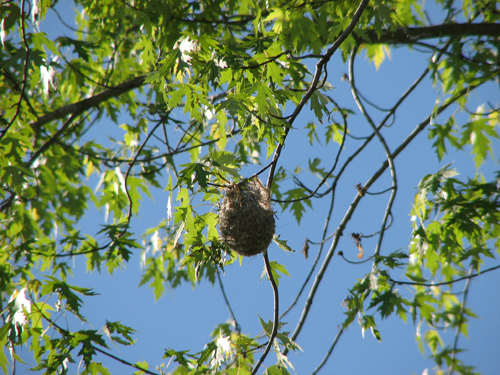BPW: Loggerhead Shrike
This Loggerhead Shrike posed for us during our visit to the Nature Conservancy’s Disney Wilderness Preserve near Kissimmee, Florida, earlier this month.

Shrikes are sometimes called “butcher birds” because of the way they handle their prey. Yes, these small birds are actually predators but they lack strong talons to rip apart prey. Instead they use their hooked beaks to rip flesh off of prey which they first impale onto thorns or barbed wire.
We saw shrikes twice during our Florida road trip and both times we scanned nearby fences and trees for possible impaled prey, but we didn’t see any. That’s probably for the best – my old Golden Field Guide has an illustration of a Northern Shrike perched next to an impaled mouse and that’s almost too much for me to take.
For more photos of birds from all around the world, check out the other submissions for this week’s Bird Photography Weekly.








































